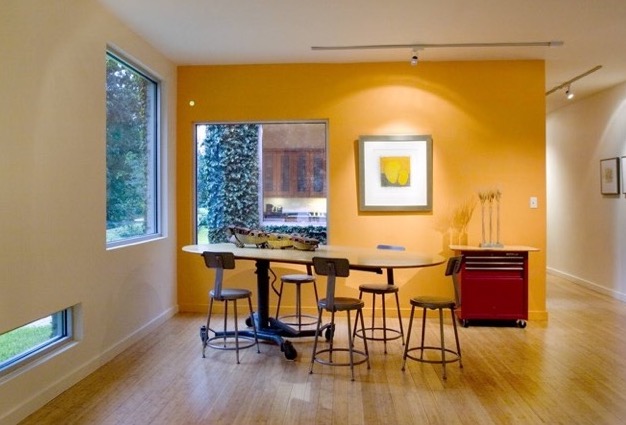
Fantastic sums spent on artwork at auctions often make headlines, but one needs to consider that the artist rarely if ever benefits from these transactions. In fact, an accomplished artist’s work will often rise in value after they die because they can no longer produce work –increasing its scarcity. Unfortunately, art’s essential value is difficult if not impossible to quantify or measure. As a result the price of a work of art is almost entirely based on people’s perception. Managing the perceptions that ultimately regulate the value of one’s work is a daunting task and often handled by others. How does an original maker manufacture desire for their work? How do they get compensated fairly for their artistry? Unfortunately, many arts employ tactics that are difficult to endorse.
One common strategy is to make people who don’t perceive the value in your work feel ignorant or embarrassed. This tactic may feel good momentarily but produces an environment that alienates potential art lovers. Another approach is to associate one’s work with an existing social group, movement or lifestyle that is being successfully marketed or promoted. Some artists position themselves as modern day mystics with unique powers to divulge the mysteries of an unseen realm. Others downplay the value of their artistry all together, framing their work in a more mundane value proposition – like describing a work of architecture purely in terms of its function or efficiency. One can certainly utilize a work of art without understanding or appreciating its artistry; however, this tactic diminishes the skill of its maker and leads to other problems.
Architectural valuations are generally made before and after construction. The former valuation determines the amount that can be borrowed for the design and construction process, and the latter forms the basis for any long-term financing arrangements.
These valuations are commonly produced by examining “comparable structures” that were recently sold within a particular geographic area. These comparable structures generate a square footage cost that is then applied to the structure being valued. However, using comps to determine a building’s value is problematic when the goal is to make something unique.
Many of my most successful building designs – both artistically and financially –were classified as non-conforming structures because comparable buildings could not be found. Instead of being rewarded for artistry and innovation, the lending institutions required an increased down payment and a higher interest rate due to their difficulty calculating risk. To add insult to injury the true value of my work is never determined until the building is sold years later for an amount that far exceeded the comps used in the original valuation and to establish the design fee. Like the artists whose artwork is sold at auction, most architects do not benefit from the enduring value they established through their artistry.
